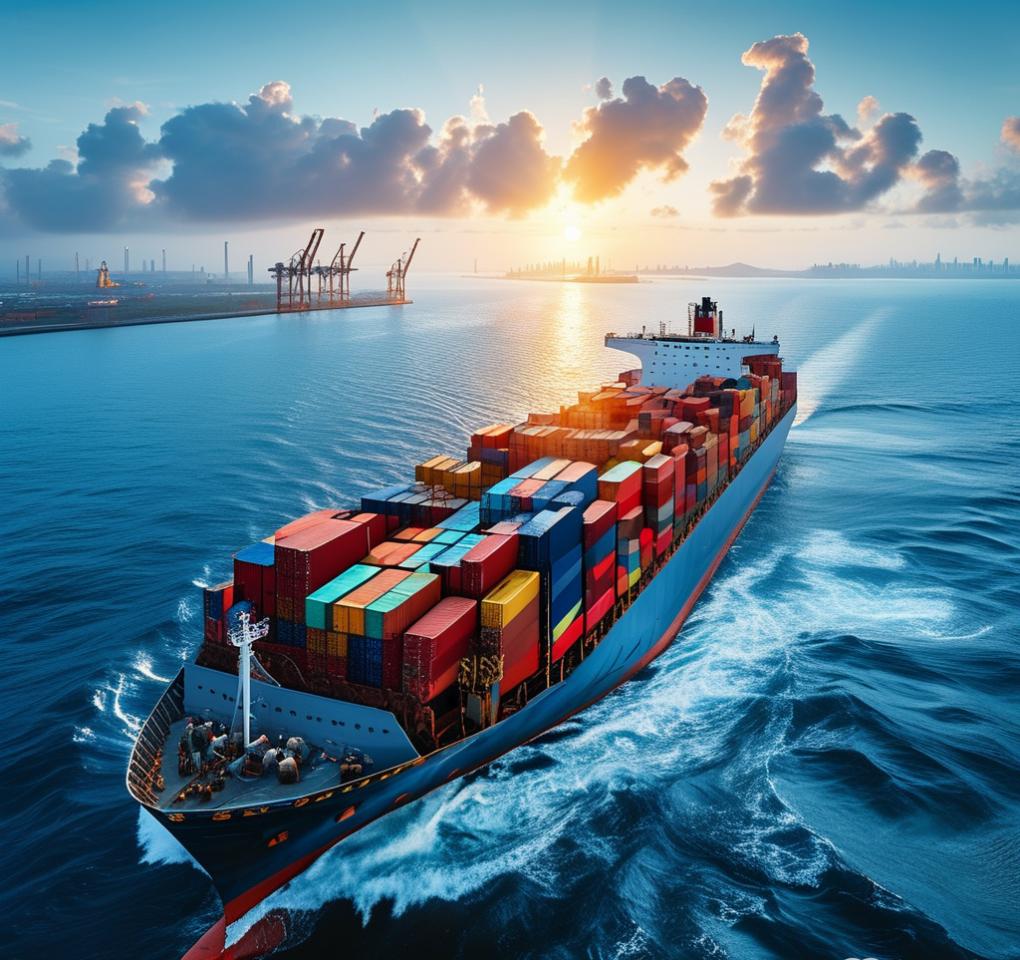As someone running a small e-commerce business shipping products from China to the Philippines, I once made the mistake of unknowingly shipping a restricted product. It got held at customs and nearly cost me the entire shipment. Here’s what I learned about dealing with banned or restricted items, and how to make sure your goods clear customs fast—especially in e-commerce shipping to the Philippines.
1. Know the Difference Between Banned and Restricted Products
The first thing I learned: some items are completely banned (like dangerous chemicals or certain medical items), while others are just restricted and require special documentation or permits.
Before shipping, I always check:
- Philippines Bureau of Customs website
- Product category regulations (food, cosmetics, electronics, etc.)
2. Use E-commerce Shipping to Philippines Fast—but Smart
Speed is important in e-commerce, but not at the expense of compliance. I now work with logistics providers who flag risky product types before shipment. They also help ensure:
- Proper item declaration
- Supporting documents (like MSDS, FDA approvals, etc.)
- Commercial invoices that match package contents
This helps me avoid customs delays while still offering fast e-commerce delivery to customers in the Philippines.
3. What to Do If Your Product Is Held at Customs
When my shipment got flagged, I immediately contacted a customs broker. They helped me:
- File for product reclassification
- Submit missing permits
- Liaise directly with customs officers
Most of the time, tracking freight shipment to the Philippines won’t tell you why your goods are held—so working with a local agent who can physically visit customs helped speed things up.
4. Get Ahead of the Problem with Pre-Shipment Checks
Now, I always run my SKUs past a Philippines-based logistics partner who:
- Confirms whether the item is safe to ship
- Advises on proper codes and taxes
- Prepares paperwork for faster clearance
This saves me time and money by preventing issues before they happen.
5. Consider Alternatives or Local Fulfillment
For high-risk items, I’ve started using local fulfillment options in the Philippines to avoid shipping issues altogether. I ship bulk items to a warehouse and let them handle last-mile delivery. It’s not only safer but often faster for customers.

People Also Ask (PAA)
1. What should I do if my product is banned in the Philippines?
You may need to cancel or return the shipment. If it’s restricted, you can often clear it with proper permits.
2. How can I find out if my item is restricted?
Check the Philippines Bureau of Customs website or consult a licensed freight forwarder.
3. Is fast e-commerce shipping to the Philippines possible with restricted goods?
Yes, as long as you prepare the required documentation and work with a logistics partner familiar with local laws.
4. How can I track a freight shipment to the Philippines?
Use your freight forwarder’s tracking system or the shipping company’s website, but note that customs holds may not appear in tracking.
5. Who can help if my item is stuck at customs?
A licensed customs broker or local agent can help resolve clearance issues quickly.
